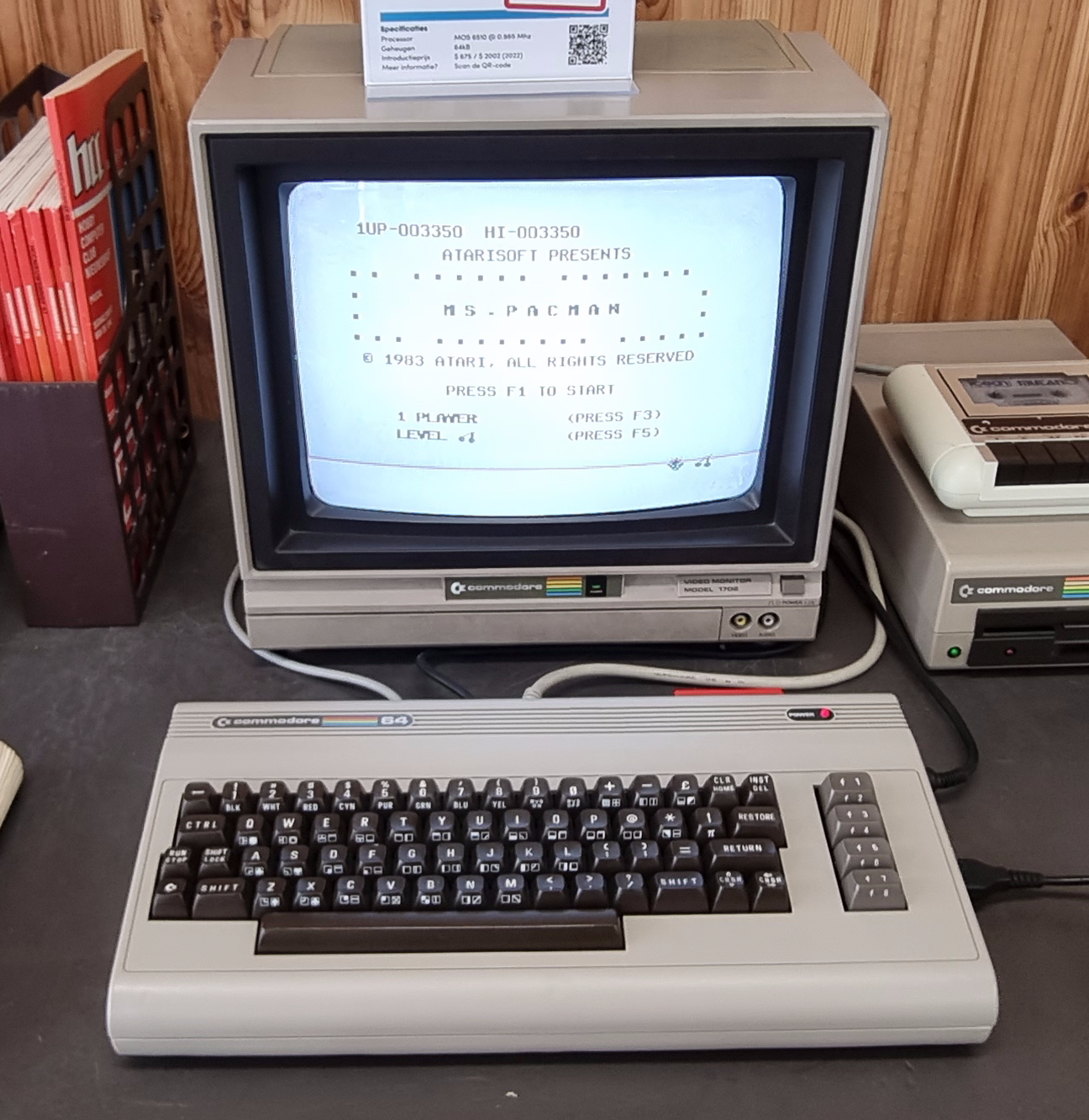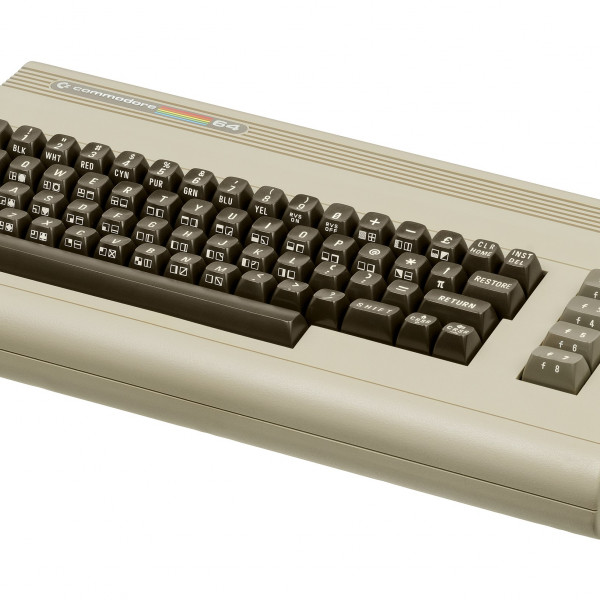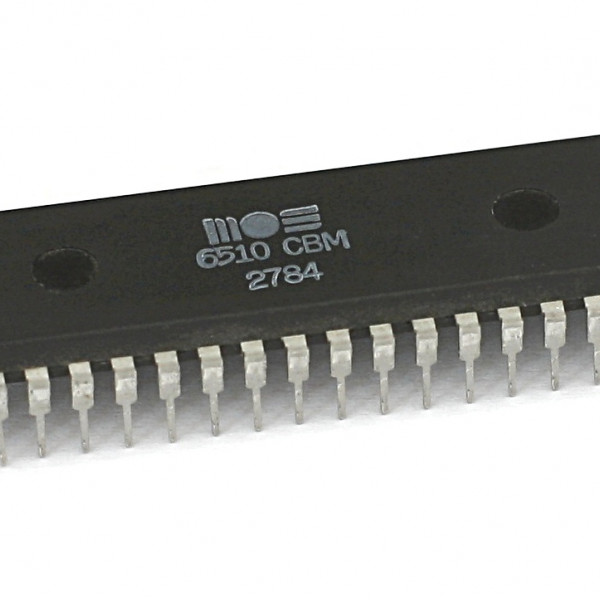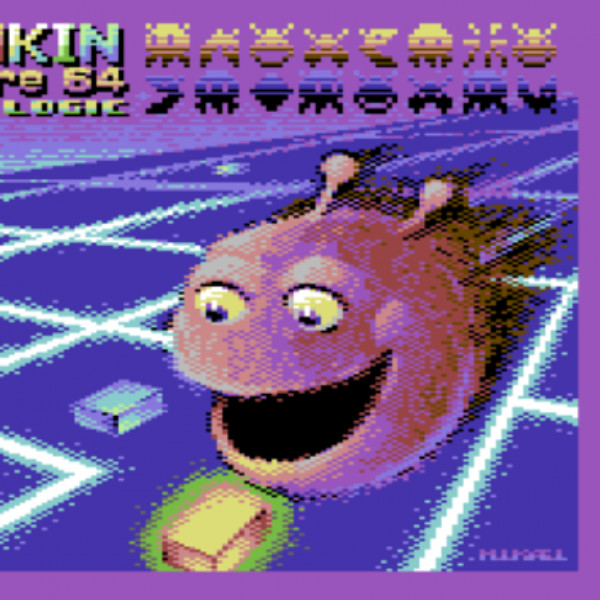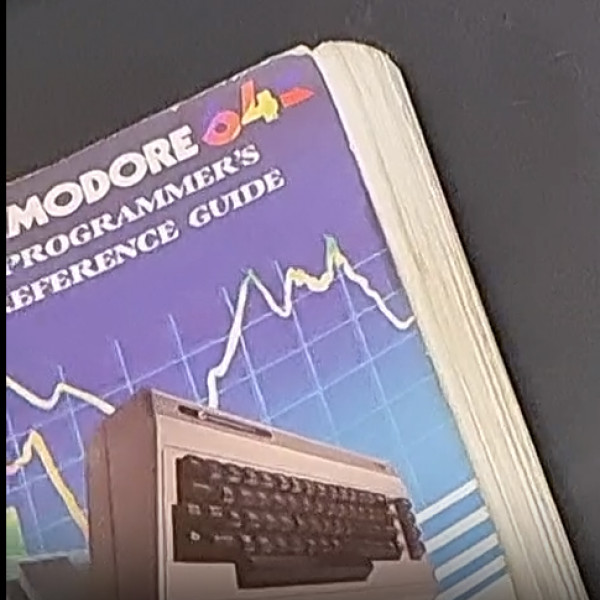Jack Tramiel was a Polish-American businessman and entrepreneur who founded Commodore International in 1955. Tramiel's vision was to create affordable computers that could be used in homes and small businesses, and he is widely credited with popularizing personal computing with the release of the Commodore PET in 1977. However, it was the Commodore 64, released in 1982, that cemented Tramiel's legacy as a pioneer in the industry. With its advanced graphics and sound capabilities, the Commodore 64 quickly became one of the most popular home computers of all time, selling millions of units worldwide. Tramiel's contributions to the development of personal computing continue to be recognized and celebrated to this day.
Commodore 64
"The Commodore 64: A Look Back at the Legendary Home Computer That Shaped a Generation of Gamers and Programmers"
MOS Technology 6510 processor
The Commodore 64 was powered by the MOS Technology 6510 microprocessor, which was an improved version of the MOS Technology 6502 chip used in earlier Commodore computers. The 6510 had a clock speed of 1.023 MHz, which was considered fast for its time, and it was capable of executing up to 1.02 million instructions per second. The chip also had a 16-bit address bus, which allowed it to address up to 64 kilobytes of memory. This was a significant improvement over the 6502, which could only address up to 64 kilobytes through a memory bank switching technique. The 6510 was a versatile processor that enabled the Commodore 64 to handle complex tasks such as graphics and sound processing, as well as running a variety of software and games. Its performance and affordability helped make the Commodore 64 one of the most popular home computers of its era.
The Commodore 64, a popular platform for gaming
The Commodore 64 was a popular platform for gaming, with thousands of games released for the system during its lifespan. The system's advanced graphics and sound capabilities, combined with its relatively affordable price point, made it an attractive choice for game developers. Some of the most iconic games on the system included classics like "Pac-Man," "Donkey Kong," and "Space Invaders," as well as original titles like "The Bard's Tale," "Ultima IV," and "Lode Runner." The Commodore 64 also had a thriving demoscene, with groups of programmers creating impressive audiovisual demonstrations that pushed the limits of the system's hardware. Many of the games and demos created for the Commodore 64 remain popular among retro gaming enthusiasts to this day, and the system is often considered one of the most important platforms in the history of gaming.
C64 books and magazines
The Commodore 64 (C64) had a large library of games and software, as well as a number of books and magazines that were dedicated to programming, gaming, and other aspects of using the C64. Here are some examples of C64 literature:
- Compute!'s Gazette: This was a monthly magazine that focused on programming and gaming for the C64. It was published from 1983 to 1995 and featured articles, reviews, and tutorials.
- The Complete Commodore Inner Space Anthology: This was a book that was published in 1985 and contained a collection of articles from Inner Space, a magazine that focused on programming for the C64.
- Programming the Commodore 64: The Definitive Guide: This was a book that was published in 1983 and provided a comprehensive guide to programming the C64 in BASIC and assembly language.
- The Transactor: This was a magazine that focused on programming and hardware for the C64. It was published from 1984 to 1990 and featured articles, reviews, and tutorials.
- Compute!'s Mapping the Commodore 64: This was a book that was published in 1984 and provided a comprehensive guide to the C64's memory map and programming techniques.
- The Commodore 64 User's Guide: This was a book that was published in 1982 and provided a beginner's guide to using the C64, including how to set it up, use the BASIC programming language, and load and save programs.
- Ahoy!: This was a magazine that focused on gaming and programming for the C64. It was published from 1984 to 1989 and featured reviews, previews, and programming tutorials.
- Commodore 64 Programmer's Reference Guide" by Commodore Business Machines: This book, which was published in 1983, is an official reference guide for programming the C64. It covers topics such as the C64's hardware architecture, memory map, and programming languages (BASIC, assembly language, and machine language).
These are just a few examples of the many books and magazines that were dedicated to the C64 during its heyday. Today, many of these resources are available online for free or at a low cost, making it possible for new generations of users to explore the C64's rich history and learn how to program and play games on this classic computer.
